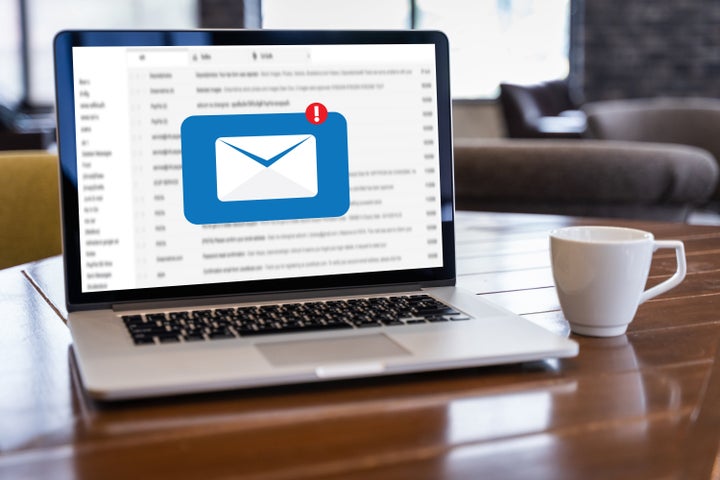
“I hope you’re staying safe and healthy during this crazy time!” began an email from a publicist who was following up on a request. My work inbox today is filled with similar messages from people who don’t know me, initially inquiring about my survival during the coronavirus pandemic and then addressing deadlines and other business.
I’m not alone in receiving more concern-filled emails from colleagues, acquaintances and strangers right now:
Personally, I’m at a loss as to how exactly I should address the current crisis when reaching out by email, even to people I interact with regularly.
For the moment, I’ve settled on “I hope you’re doing as well as can be expected right now” when I’m initiating the first correspondence with someone since the outbreak.
But should I and other professionals be including “Hope you’re doing well” intros every time? Do I sound cold and unfeeling if I don’t mention the coronavirus in work correspondence with strangers and acquaintances? The pandemic is raising new questions around email etiquette.
“Emails before coronavirus were often brusque and demanding and a little bit soulless,” said Randy Malamud, an English professor at Georgia State University and author of the book “Email (Object Lessons).”
Now, asking how you’re doing in an email may mean actually wanting to know how you’re doing, and if you need some flexibility these days.
“There are many more important things than how we write email. But email is one of the things we do. And we do it a lot,” Malamud said. “Even there, we should be sensitive to the fact that some very routinized ways of writing and communicating are being changed, need to change.”
It’s okay to feel fatigued by the constant “Hope you’re doing well.”
At this stage of the pandemic, Covid-19 doesn’t need to be an icebreaker for work email communications, said Lisa Orbé-Austin, a licensed psychologist and executive coach.
“Most people are feeling like they don’t want to engage in this chitchat around Covid,” she said. “If you know something specific is going on in their life about Covid, then you may want to ask that, but as a point of general conversation, I think people are feeling fatigued by it.”
Recognise that how you communicate via email with another professional depends completely on whether your relationship is close or distant.
“Allow yourself flexibility to be responsive to individual situations. Allow yourself to not do the same rote ‘How are you doing? Hope you’re safe and well,’” said Orbé-Austin.
Don’t go overboard with expressing concern. The more distant your relationship, the more acceptable it is for you not to press for information that you wouldn’t normally be getting. “With people you don’t know more [about], it’s probably a cue to you that you probably shouldn’t be continuing to ask,” Orbé-Austin said.
When in doubt, try making the coronavirus an opt-in topic for people who want to engage, while giving others the option not to process Covid-19 with work contacts. “Pay attention to cues you’re receiving from the engagement back,” Orbé-Austin said.
But do leave an opening for colleagues to share their struggles.
If composing emails was an autopilot activity before the pandemic, you should recognise that it may require more thought and consideration now.
“It is getting more important as it replaces the interactions we can’t have anymore because we’re isolating,” Malamud said. He noted that even in a routine email interaction, a colleague could have some “very non-routine things they need to communicate.”
Malamud advises offering an opening in your emails that invites colleagues to share if they need your help with deadlines and deliverables. He does this in emails to his students after he mentions their assignments, writing, “Please let me know if this is hard for you for whatever reason.”
“It’s nothing rhetorically brilliant. It just leaves the door open for the possibility that the person receiving the email will have unusually challenging reasons for being unable to respond to the email the way they normally would,” he said. In response to his open-ended request, students have told Malamud about caring for sick relatives, lacking access to computers, and struggles with unemployment impacting their school work.
When people actually tell you how they’re doing, Malamud said it’s okay to circle back to these conversations “as necessary, as appropriate.” That’s part of the new consideration about how the pandemic is changing email correspondence, he said.
Both formulaic emails and clichéd “hope you’re doing well” intros land differently now.
“You didn’t use to have to think about it that much. When someone said, ‘Hope you’re going to have a good weekend,’ it dignifies no response or ‘yep.’ This is different from that,” Malamud said.
Now he said email “needs to become more aware and more sincere and more empathetic.”